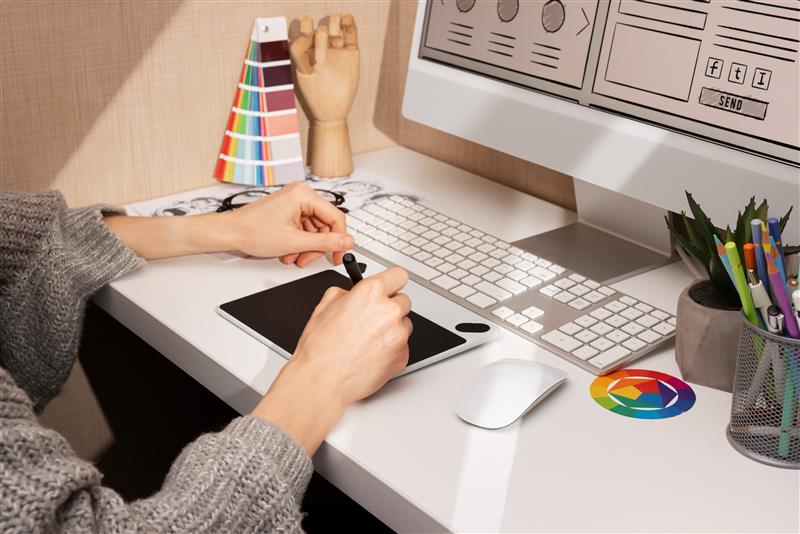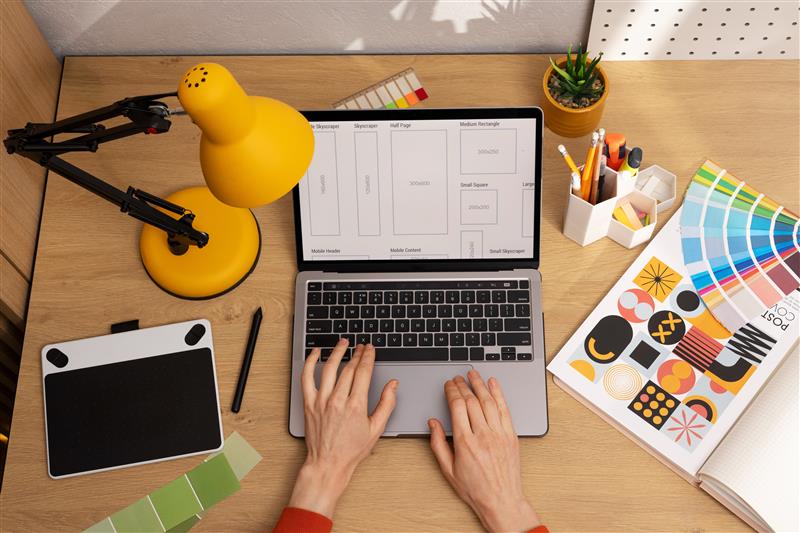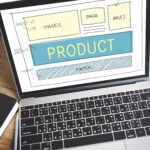Designing for Discovery, Not Just Delivery
Imagine building a rocket, launching it, and realizing mid-air that the navigation system doesn’t work. That’s how product development feels when teams jump straight into building without validating their ideas first. Prototyping services are not just about pretty mockups or clickable demos. It’s about shaping raw ideas into real, usable concepts before the first line of production code is written.
At Ariel Software Solutions, we believe in designing for discovery, not just delivery. Prototyping services, especially in an agile-driven world, aren’t a luxury. They’re a superpower. They align teams, clear the fog of assumptions, and save time, money, and developer sanity. Let’s talk about why prototyping services are the new backbone of smart software development.
Curious how we validate ideas before prototyping? Our approach often starts even earlier, with a Proof of Concept. Learn more in our blog, From Idea to Impact: Build a Winning Proof of Concept with Ariel Software Solutions.
The Agile Connection: Iteration Over Perfection
Agile methodology champions adaptability over rigid planning. You move in sprints, you test often, and you pivot when needed. But here’s the kicker: if you’re only testing after the code is written, you’re already late.
Prototyping services bring Agile to life much earlier. Instead of using the sprint to find out what doesn’t work, prototypes help ensure that you start with what might work and shape it with real feedback. This isn’t about perfection. It’s about direction. The ability to visually test ideas, even before developers touch code, gives teams a creative edge that pure planning can’t.
By focusing on iteration rather than perfection, the software prototyping process reduces the fear of failure and encourages experimentation. Agile thrives on collaboration, and prototypes become the shared language between designers, developers, product managers, and stakeholders.
Rapid Prototyping: The Secret Sauce to Better Sprints
Let’s be honest, product backlogs are often filled with guesses. Features that seem essential on paper can become dead weight in reality. Rapid prototype development services allow teams to take these ideas, spin up interactive versions quickly, and test them with real users, stakeholders, or internal teams.
What does this solve?
- Scope creep: Prototyping services help define what matters early. When everyone sees what the feature looks and feels like, unnecessary ideas are trimmed before development.
- Misaligned expectations: Stakeholders don’t have to imagine outcomes; they see and interact with them. This minimizes surprises and helps maintain trust.
- Endless rewrites: Developers build once. Designers and users iterate early. Fewer revisions equal faster deliveries.
Rapid prototype development services are especially helpful in multi-stakeholder environments where decision fatigue can delay progress. A quick prototype removes ambiguity. It becomes a visual contract, an agreement between the client and the team.
At Ariel, we treat prototypes not as design artifacts but as living documents. They evolve, they breathe, and most importantly, they communicate. Whether it’s a high-fidelity UI journey or a low-fi wireframe, our focus is to simulate the experience before we simulate the execution. This mindset is deeply embedded in our software prototyping process.
If you’re in the early stages of product development, prototyping is just one part of the journey. For a broader view on launching lean and fast, check out our post on MVP Development for Startups: A Fast-Track Playbook to Launch, Learn, and Grow.
Frictionless Sprints Start with Prototypes
We’ve all been there: the sprint starts, developers dive in, and by week two, it becomes clear that what was designed doesn’t quite work in real interaction. That 10-pixel misalignment becomes a UX debate. That dropdown? It doesn’t support edge cases.
This friction is avoidable. Prototyping services, when integrated into the sprint planning process, act as preflight checks. They help surface user flow issues, business logic gaps, or accessibility concerns before code is written. Teams aren’t wasting sprint cycles untangling problems; they’re building solutions.
Consider a real-world example: A fintech client approached us to build a complex dashboard. The feature list was intimidating. Rather than writing thousands of lines of code to meet vague requirements, we built a mid-fidelity prototype in Figma. After just one user feedback session, we dropped three features, merged two, and discovered one entirely missing flow. This alone shaved off weeks from the development timeline.
By integrating rapid prototype development services into your Agile cycle, your developers write code with clarity, your QA team tests with context, and your stakeholders finally understand what they’re signing off on. This is where a strong software prototyping process becomes invaluable.
Tools That Power Today’s Prototypes
In a world where software evolves daily, your tools should too. At Ariel, we don’t believe in one-size-fits-all prototyping services. The tool must fit the purpose, the team, and the user.
Here are a few we love:
- Figma: Real-time collaboration, smooth developer handoff, and robust prototyping make Figma the first choice for many of our UI/UX teams.
- InVision: Great for quick click-throughs and presenting ideas to clients who need to feel the flow.
- Framer: When we want motion, responsiveness, and true interactivity without touching code, Framer delivers.
- Adobe XD: Ideal for teams who need speed and simplicity in low- to mid-fidelity prototypes.
- UXPin: For design teams working on more complex interactions and advanced logic simulations.
But tools are just the start. What matters more is how we use them. Our process focuses on experience storytelling: designing each interaction with the user in mind. Every button has intent. Every flow has a purpose. Prototypes are never made for design’s sake; they are made for decision-making. That’s the core of our software prototyping process.
Inside Ariel: Our Agile Prototyping Process
We’ve prototyped everything from fintech dashboards to mobile wellness apps. But regardless of the domain, our approach is consistent:
- Discovery: We don’t jump into screens. We dig into the why. What problem are we solving? Who are we solving it for?
- User Journeys: We create narrative maps. How does a user go from A to B? What decisions are made along the way?
- Sketching & Wireframes: Low-fidelity, rapid-fire sketching allows us to explore multiple ideas fast. Think whiteboards, not PDFs.
- Interactive Prototypes: We use the best tools (often Figma or Framer) to build out experiences that mimic the final product. These prototypes aren’t just screens, they’re simulations.
- Testing & Feedback Loops: Internal reviews, usability testing, and stakeholder walkthroughs all focused on continuous improvement.
- Handoff to Devs: Our prototypes aren’t just visual guides. They come with documentation, design tokens, annotations, and full alignment with the sprint planning board. Developers don’t need to guess; they get clarity.
We also offer clients access to collaborative boards where they can leave comments, tag team members, or suggest tweaks, making the entire software prototyping process inclusive and transparent.
Conclusion: Build it Right, the First Time

Software isn’t just about features. It’s about experience. And good experiences aren’t discovered in code; they’re crafted in the design phase. Prototyping services are how modern teams build smarter, test sooner, and avoid the trap of launching half-baked solutions.
At Ariel Software Solutions, we don’t wait to see if something works. We prototype development services, test them, and validate them. Whether you’re a startup chasing product-market fit or an enterprise aligning global teams, prototyping services will save you time, money, and countless headaches.
If you’re stuck in endless dev cycles or battling misunderstood requirements, it’s time to make the software prototyping process your default strategy. Let’s help you bring clarity to chaos before the first line of code is even written.
Because great software isn’t rushed. It’s discovered with the right prototype development services by your side.
Frequently Asked Questions (FAQ)
1. What are prototyping services in software development?
Prototyping services refer to the strategic design and creation of early-stage versions of a digital product, such as wireframes or interactive models, to test functionality, usability, and user flow before actual development begins. These services help validate ideas, reduce rework, and align stakeholders from the start.
2. Why is the software prototyping process important in Agile development?
The software prototyping process is crucial in Agile because it supports rapid iteration, early feedback, and clear communication among teams. By integrating prototypes into sprints, teams avoid costly mistakes and focus on building what truly adds value to users.
3. How do prototype development services save time and cost?
Prototype development services help teams avoid unnecessary development cycles by identifying potential issues before any code is written. They offer a cost-effective way to test ideas with real users and stakeholders, ensuring only validated features move to production.
4. When should a business consider using prototyping services?
A business should consider prototyping services at the start of any digital product lifecycle, especially during ideation, requirement gathering, or feature planning. It’s particularly useful for startups seeking product-market fit or enterprises managing multiple stakeholders and complex user journeys.
5. What tools are used in the software prototyping process at Ariel Software Solutions?
At Ariel Software Solutions, we use a range of tools based on the project’s complexity. Popular choices include Figma, Framer, and Adobe XD for high-fidelity simulations and Webflow or Bubble for interactive demos. These tools are key components of our software prototyping process, allowing us to deliver highly effective and collaborative prototype development services.




